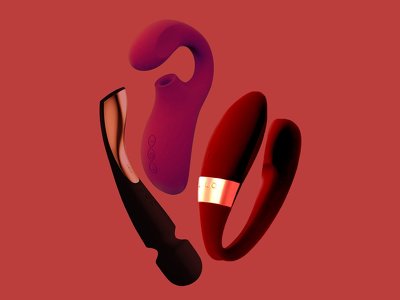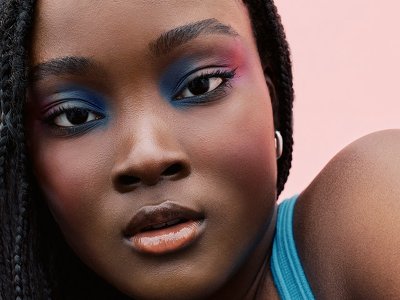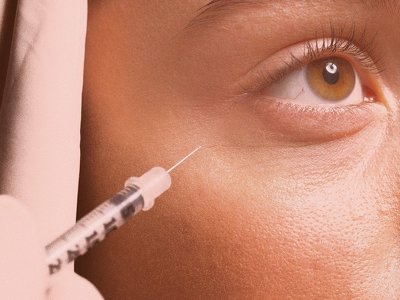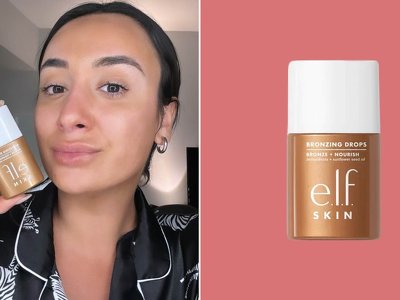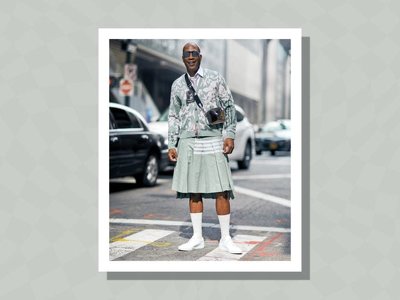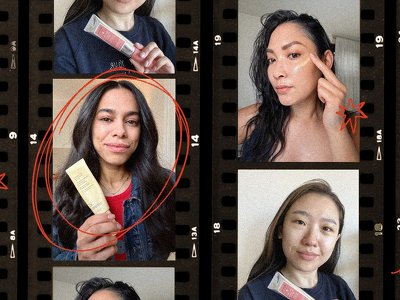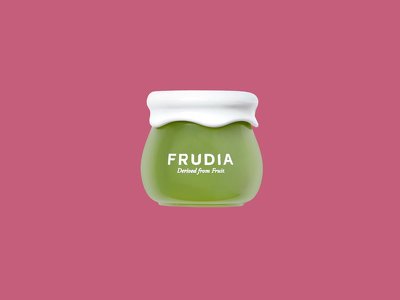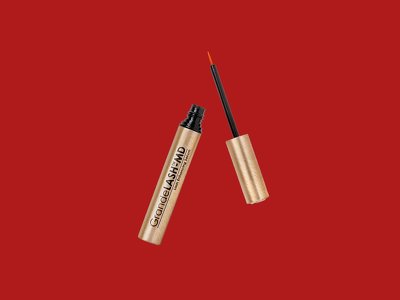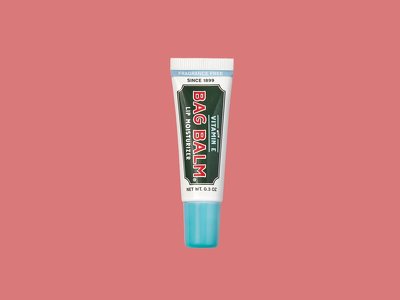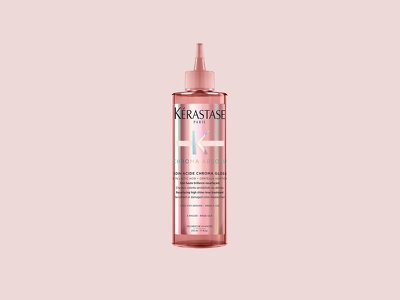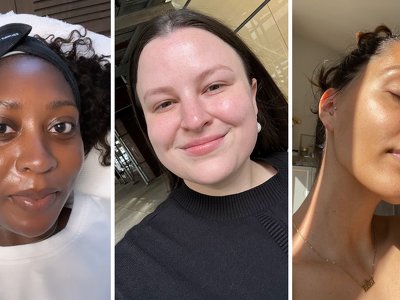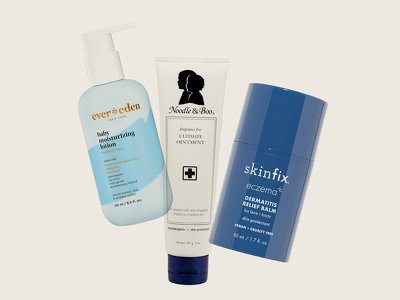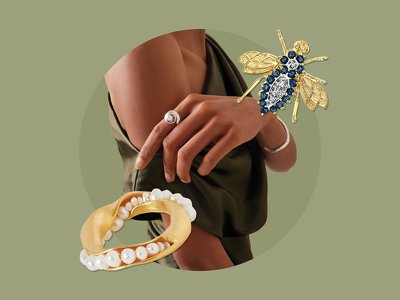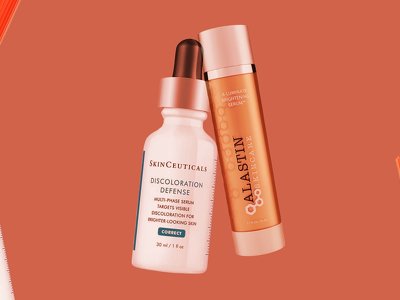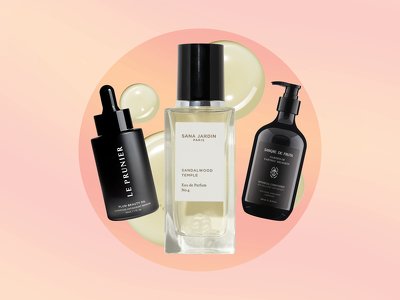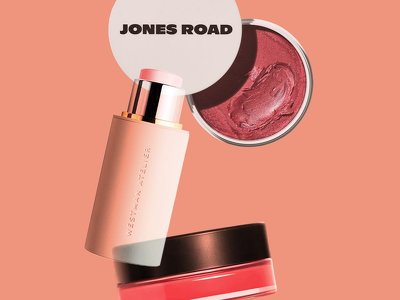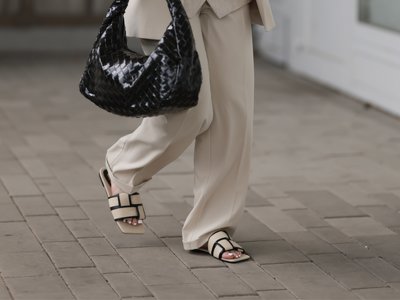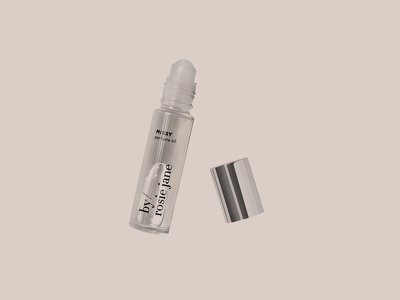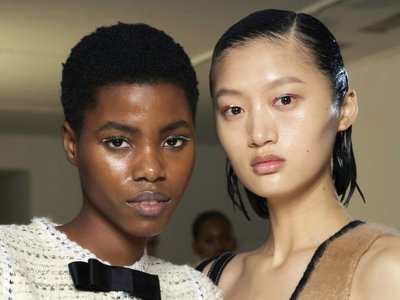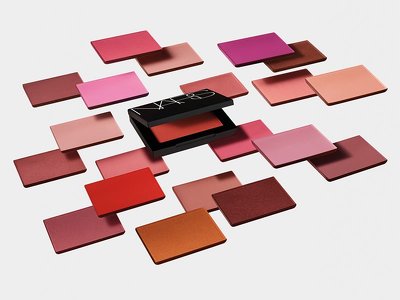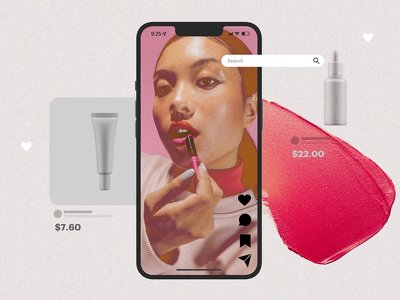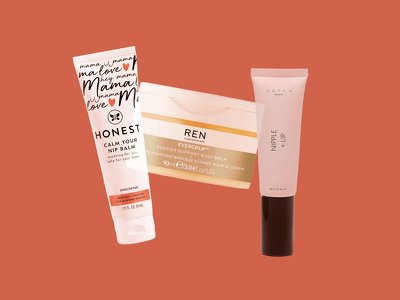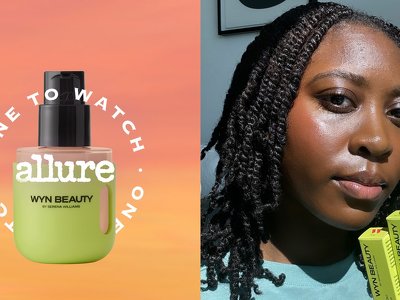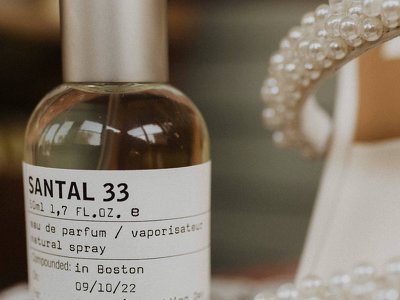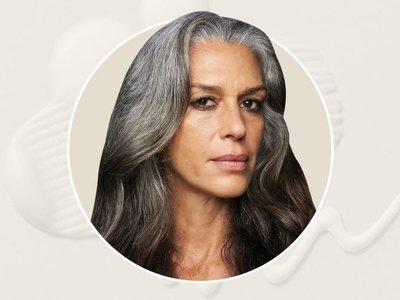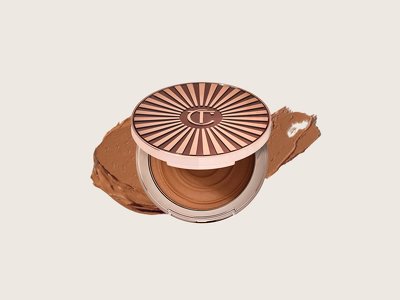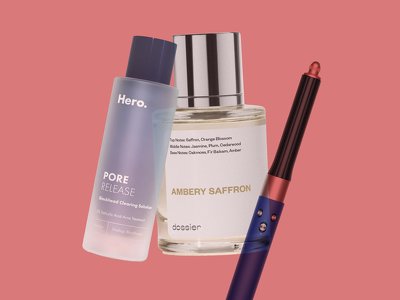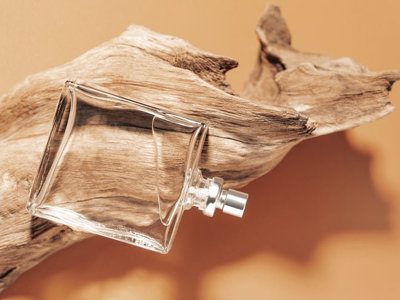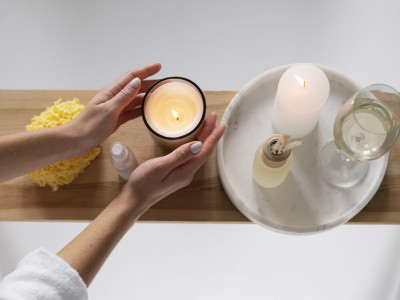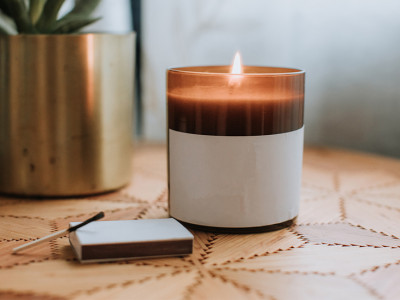Why Your Showerhead Filter Might Be Making You Itchy

All products featured on Allure are independently selected by our editors. However, we may receive compensation from retailers and/or from purchases of products through these links.
I’ve been dyeing my hair for over a decade now. What started as a once-a-year blonde balayage to add dimension to my otherwise mousy brown hair has evolved into a monthly ritual that includes root touch-ups to cover my increasingly prevalent grays. And let’s be real—just like eggs, the cost of hair color has gone up significantly.
Everything is à la carte: the single process, the shampoo with gloss. Half the time, I skip the blowout because that’s another $50 I’d rather not spend. All in, my “maintenance color” every four to six-ish weeks regularly hits the $300 mark.
But what really got me was the lack of return on investment: mere days after leaving the salon, my hair would start to look brassy. I went from having fresh, vibrant blonde to orange-tinged disappointment. I was frustrated. At first, I couldn’t figure out what was going on. But when my colorist mentioned my water might be to blame (possibly hard, likely full of chlorine), I went down a Google rabbit hole desperate for solutions.
That’s when I came across a showerhead that billed itself as the "#1 dermatologist-recommended filtered shower head to improve skin and hair." According to the brand, 98% of our shower water has high levels of chlorine, harmful chemicals, and heavy metals, which can cause brittle hair and dry skin.
That might be a bit of a stretch, according to Kim Nichols, MD, a board-certified dermatologist and founder of NicholsMD in Greenwich, Connecticut. She points out that chlorine is indeed present in nearly all municipal water systems because it’s used as a disinfectant, “however, the presence of heavy metals like lead or mercury is more likely tied to your home’s plumbing than the water supply itself," she says. “So while chlorine exposure is common, heavy metals aren’t necessarily a universal issue.”
That said, the concern isn’t unfounded. Dr. Nichols confirms that chlorine and certain heavy metals can strip skin and hair of natural oils, causing dryness, irritation, eczema flare-ups, and even changes in hair texture—especially for those with sensitive or compromised skin barriers.
Dendy Engelman, MD, a board-certified cosmetic dermatologist based in New York City, echoed this sentiment, adding that these chemicals "can make hair brittle and more prone to breakage, and even change the pigment of color-treated hair.”
Determined to fix my botched color, I decided to give my new showerhead a whirl. They even claimed it could thicken hair and improve scalp health, and on top of my brassy color change, I’d been noticing some thinning around my hairline as of late, so I was all in. If there were ever a low-stakes beauty risk, this felt like it.
So I asked my husband to install it—and that’s when things went sideways. Fast forward to my body breaking out in itchy, red bumps days after using my shiny new fixture. At first, I thought it was winter’s harsh wrath wreaking havoc on my skin. Considering I didn't have these inflamed bumps on my face, I chalked it up to not enough moisturizer and started using extra serums and heavy-duty creams I usually reserve for the face for the rest of my body.
That didn’t seem to help. The rosy patches stayed put and increasingly got worse, until a few turned into raised, bumpy blisters on the backs of my legs, on my stomach, and around my chest.
What was up?! I started to freak out and do a mental check of everything that had come in contact with my skin. Was it a different detergent? A new body wash? An exfoliating body brick that was a tad too harsh? I started eliminating everything and anything—save for a bar of gentle soap—in a quest to quell the culprit. Still, the bumps persisted. Only now, they were darkening.
It wasn’t until I vented to a friend that things started to click. “Wait,” she said. “Check if your filter uses colloidal silver. I had the same thing happen when I bought one and realized I’m allergic.”
Turns out, she might’ve been onto something. As Dr. Nichols explains, “Yes, it is possible to be allergic to colloidal silver, although such allergies aren’t typically common.” Colloidal silver is often used in water filters for its antimicrobial properties—it helps prevent bacteria or mold from growing inside the filter. But for those with sensitivities, it can cause skin irritation or allergic reactions. Dr. Nichols also notes that other materials in filters, like certain plastics, rubbers, or adhesives, can sometimes be culprits as well, especially for people with existing allergies or sensitive skin.
That sent me spiraling into another Google rabbit hole. I wondered if my showerhead contained colloidal silver, but I couldn’t find any information to confirm it either way. I reached out to the company, Afina, to comment on this story and never heard back. While I can’t say for sure that colloidal silver was the culprit, the timing—and the reaction—definitely raised a red flag.
According to Dr. Nichols, an allergy test could help provide clarity. “Your board-certified dermatologist or allergist can perform a patch test to identify whether silver—or another material in the filter—is causing the reaction,” she explains. “It’s the best way to move from guesswork to a definitive answer and potential treatment, especially since sensitivities can sometimes be mistaken for allergies.”
Although I didn’t want to devote more time and energy to setting up an allergy test, I did want to try a different filter ASAP, so I started asking everyone from hairstylists to friends what they used, praying for a solution that could protect my color without trashing my skin.
Adir Abergel, celebrity hairstylist and creative director of Virtue Labs, speaks highly of Canopy Filtered Showerhead, calling it a game changer for eliminating mineral deposits in water that oxidize color and dull shine. “I tell all my clients about the Canopy. It helps you hold color longer and also seals the cuticle to maintain shine,” he says.
He also notes that it’s not just hair that benefits. “Using a filter helps my skin retain its moisture, making any oil or lotion I apply super absorbent,” he says. “My hair has had a positive long-term benefit too—I see it retaining brilliance, and my scalp doesn't need to be detoxed as often.”
Dr. Engelman also co-signed Canopy’s showerhead. (She previously was an ambassador for the brand's humidifier, but no longer works with them in a formal capacity.) Instead of colloidal silver, theirs uses calcium sulfite, KDF-55 (a type of copper-zinc alloy filter), and activated carbon to remove contaminants. When I reached out to Canopy, they confirmed that “they have not noticed any prevalent issues with negative skin reactions to date.”
And with those glowing endorsements, I made the switch. Within two days of installing it, the itchy rash started to clear up. My scalp felt calm. My skin wasn’t tight and dry post-shower. And most importantly, my color looked the way it was supposed to after my last hair appointment—which was a $600 two-part correction process with my new colorist, Julia Aslamazi, who managed to get it back to a less Lorax-orange state.
A few weeks later, my husband emerged from our guest bath with a familiar complaint.
“Why do I have itchy red bumps all over my chest and back?” he asked, lifting his shirt with concern.
Cue my horror-movie realization.
“Oh no… what did you do with the old showerhead when you installed the new one?” I asked, my eyes darting straight to his splotchy skin.
“I put it in the guest bath,” he said, like it was no big deal.
Turns out, he’d been soaking under the same filter I’d exiled. I tossed it in the trash immediately and ordered a second Canopy on the spot.
So, lesson learned: Not all shower filters are created equal—and “dermatologist-recommended” doesn’t mean it’s right for your skin. If you have sensitive skin or allergies, it’s worth being extra discerning. Switching showerheads made all the difference for me—and my husband. Not only did it help clear my rash and restore my scalp, but my color actually stayed vibrant—without requiring a costly trip back to the salon just to fix it.
If you’re on the hunt for a gentler, skin-friendly option, Dr. Nichols also recommends the PristineHydro Dual KDF Shower Filter and the Soma Shower Filter. She advises looking for devices that use filtration like KDF, activated carbon, calcium sulfite, or vitamin C, which reduce chlorine and heavy metals without irritating sensitive skin. (Qure Shower Filter and Jolie The Filtered Showerhead are other options to consider.)
And no matter which showerhead you choose to use, do a patch test on one area of your body first—your skin will thank you.
Read more about sensitive skin:
- Last
- April, 28
-
- April, 27
-
- April, 26
-
-
- April, 25
-
- April, 22
-
-
-
-
- April, 16
-
-
-
-
-
- April, 15
-
-
-
- April, 13
-
-
News by day
6 of July 2025
